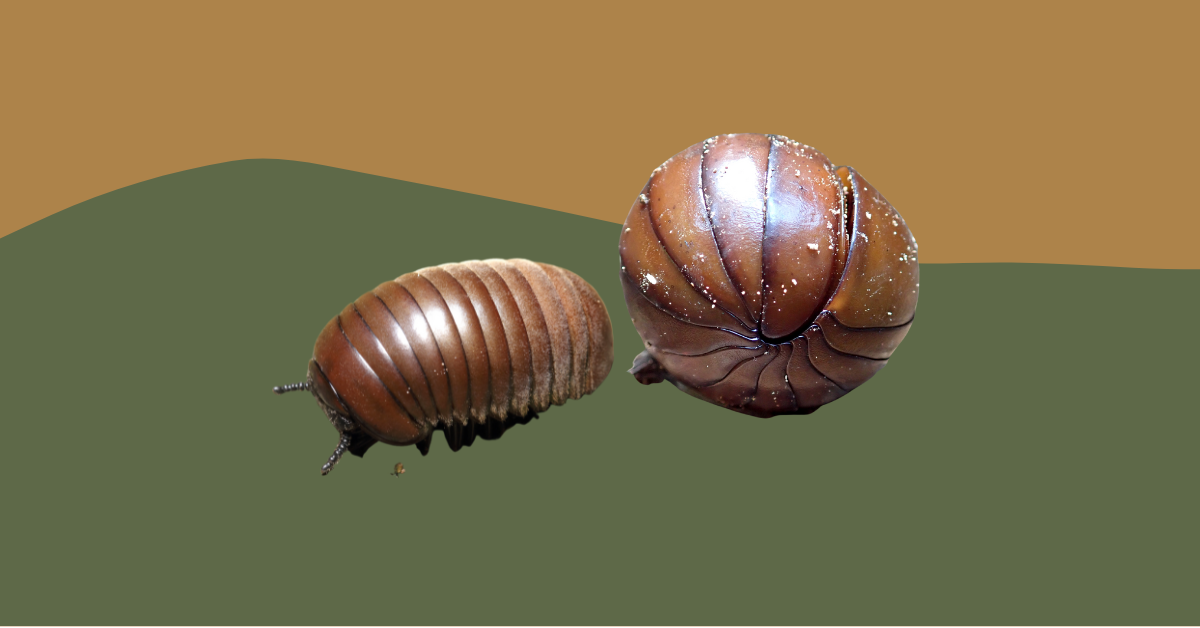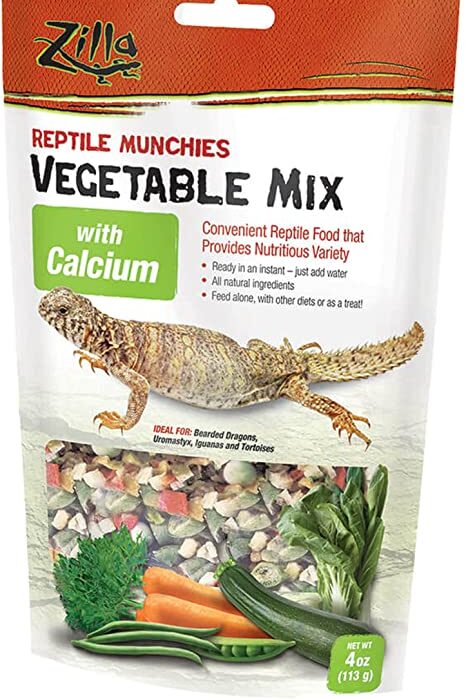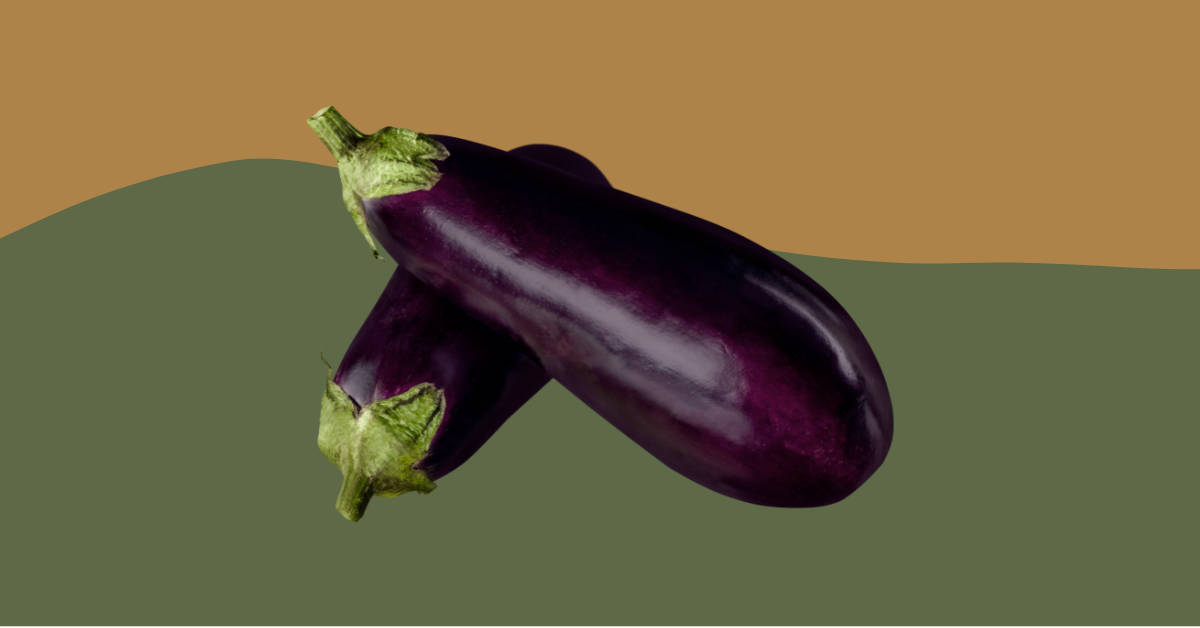Yes, bearded dragons can rolly pollies in moderation. A suitable portion size would be 2-3 rolly pollies per Week.
Table of contents
As a bearded dragon owner, it’s important to understand their dietary requirements to keep them healthy and happy. If you do decide to feed your critter rolly pollies, it’s essential to inspect them thoroughly, ensuring they are healthy and clean before offering them to your bearded dragon.
Related Article: Bearded Dragon Care: Expert Tips and Insights
Do’s
- Feed in moderation: Rolly pollies can be a part of a bearded dragon’s diet, but they should be fed in moderation. Limit consumption to 2-3 rolly pollies per week to ensure a balanced diet.
- Source from a reputable supplier: Purchase rolly pollies from a trusted supplier to avoid any potential contamination or parasites that can harm your bearded dragon.
- Provide a varied diet: Make sure to include other insects, fruits, and vegetables in your bearded dragon’s diet to ensure they receive all the necessary nutrients.
Don’ts
- Don’t overfeed: Overfeeding rolly pollies can lead to nutritional imbalances and obesity in bearded dragons.
- Don’t feed wild rolly pollies: Avoid feeding wild rolly pollies as they may carry parasites or have been exposed to pesticides, which can be harmful to your pet.
Best Practices for Feeding Rolly Pollies to Bearded Dragons
Following best practices when feeding your bearded dragon will ensure their safety and overall health. Here are some best practices to keep in mind:
- Gut-loading: Before feeding rolly pollies to your bearded dragon, gut-load them by providing a nutritious diet for the insects for at least 24-48 hours. This ensures that your pet receives the maximum nutritional benefit. High-quality commercial gut-loading products or a mix of vegetables, fruits, and grains can be used to gut-load the insects.
- Hydration: Provide your bearded dragon with fresh water at all times, especially when feeding insects like rolly pollies. Dehydration can lead to various health issues, so make sure to maintain proper humidity levels in the enclosure and offer a shallow water dish for drinking and soaking.
- Monitor your bearded dragon: Keep an eye on your bearded dragon’s overall health, weight, and activity levels. Adjust their diet accordingly to ensure they remain healthy. If you notice any sudden changes in behavior, weight loss, or lack of appetite, consult a reptile veterinarian.
- Appropriate feeding method: Choose the right feeding method for your bearded dragon, such as using a separate feeding container or offering rolly pollies directly in the enclosure. A separate feeding container can help minimize the risk of impaction due to accidental ingestion of substrate.
- Clean the enclosure: Regularly clean and sanitize your bearded dragon’s enclosure to prevent the buildup of bacteria and waste that can harm your pet. Remove any uneaten rolly pollies after feeding to avoid attracting pests or causing foul odors.
- Calcium and vitamin supplementation: Dust the rolly pollies with a calcium supplement before feeding them to your bearded dragon. Calcium is essential for healthy bone growth and development, and bearded dragons require additional calcium to prevent metabolic bone disease. Additionally, provide a multivitamin supplement once or twice a week to ensure they receive all necessary nutrients.
- Observe dietary changes: As your bearded dragon grows and ages, its dietary requirements will change. Juveniles require more protein from insects, while adult bearded dragons should have a higher percentage of plant-based foods in their diet. Adjust your feeding schedule and portions as needed.
- Temperature and basking: Ensure that the temperature and basking areas in your bearded dragon’s enclosure are set up correctly. Proper temperature gradients and basking spots help with digestion and overall health. The basking area should be around 95-110°F (35-43°C), and the cool side of the enclosure should be between 75-85°F (24-29°C).
Related Article: Bearded Dragon Feeding Guide: Nutrition Tips
Step-by-Step Guide to Preparing Rolly Pollies for Your Bearded Dragon
Step 1
Purchase rolly pollies from a reputable supplier.
Step 2
Gut-load the rolly pollies with a nutritious diet for 24-48 hours before feeding them to your bearded dragon.
Step 3
Wash your hands thoroughly before handling rolly pollies to avoid any contamination.
Step 4
Place 2-3 rolly pollies in your bearded dragon’s enclosure or in a separate feeding container.
Step 5
Observe your bearded dragon’s reaction to the rolly pollies, and remove any uneaten insects after 15-20 minutes.
Need Recommendations?
Here’s Our Top Amazon Picks
You may also like 📖
Frequently Asked Questions
What other insects can bearded dragons eat?
Bearded dragons can eat a variety of insects, including crickets, mealworms, superworms, dubia roaches, hornworms, and waxworms. Each insect offers different nutritional benefits, so it is essential to provide a mix to ensure a well-rounded diet.
How often should I feed my bearded dragon insects?
Young bearded dragons should be fed insects 2-3 times daily, while adults can be fed insects every other day or as needed, depending on their age, size, and activity level. As bearded dragons grow older, they will require fewer insects and more plant-based food sources.
What fruits and vegetables can bearded dragons eat?
Bearded dragons can eat a variety of fruits and vegetables, such as leafy greens (collard, mustard, and dandelion greens), squash, bell peppers, blueberries, and strawberries. Always ensure to thoroughly wash the produce before feeding and avoid feeding them lettuce, as it lacks nutritional value.
Can bearded dragons eat all types of rolly pollies?
There are various species of rolly pollies, but not all may be suitable for bearded dragons. It’s essential to purchase rolly pollies from a reputable supplier to ensure they are safe for consumption. Avoid feeding wild-caught rolly pollies to your bearded dragon.
How do I know if my bearded dragon is overeating or not getting enough nutrition?
Monitor your bearded dragon’s weight, activity levels, and overall health. Signs of overeating may include obesity, lethargy, and difficulty moving. If your bearded dragon is undernourished, they may become lethargic, lose weight, and have a poor appetite. Consult with a veterinarian if you are unsure or concerned about your bearded dragon’s health.
Conclusion and final thoughts 💭
Feeding your bearded dragon a balanced diet is essential for maintaining their overall health and well-being. Rolly pollies can be a nutritious addition to their diet when fed in moderation, but it’s crucial to ensure that they come from a reputable source and are gut-loaded before feeding.
Always remember to provide your bearded dragon with a varied diet, including different insects, fruits, and vegetables, to meet all their nutritional needs. By following the guidelines and best practices provided in this article, you can ensure that your bearded dragon enjoys a happy and healthy life.
Looking for more? Here’s our roadmap:
General Bearded Dragon Pet Owners Guide
Bearded dragons are native to the arid regions of Australia and are known for their unique beard-like appearance. As pets, they have become increasingly popular due to their friendly and inquisitive nature, making them an ideal choice for reptile enthusiasts. Bearded dragons are diurnal, meaning they are active during the day, and their average lifespan ranges from 8 to 12 years, with proper care. When considering adopting a bearded dragon, it’s essential to be prepared for a long-term commitment and be well-informed about their care requirements.
One of the most crucial aspects of bearded dragon care is providing an appropriate enclosure. Adult bearded dragons thrive best in a 20 to 50-gallon tank, but a larger enclosure is always better. It’s important to always keep the tank clean. The tank should have a basking area with a temperature range of 95-110 degrees Fahrenheit, as well as a cooler area with a temperature between 75-85 degrees Fahrenheit. In addition, bearded dragons need access to UVB lighting to help them synthesize vitamin D3 and properly metabolize calcium, which is vital for their bone health.
A balanced diet is essential for a healthy bearded dragon. Their dietary requirements change throughout their life stages; juvenile bearded dragons need a higher protein intake, with insects making up around 80% of their diet and the remaining 20% consisting of vegetables and fruits. As they grow into adults, their diet should consist of approximately 20% insects and 80% vegetables and fruits. It’s important to offer a variety of food items to ensure they receive all the necessary nutrients, and to dust their food with calcium and multivitamin supplements as recommended by a reptile specialist or veterinarian.
Regular interaction and observation of your bearded dragon are vital for maintaining their well-being. Handling your pet gently and frequently can help build trust and strengthen your bond. Monitor your bearded dragon’s behavior, appetite, and overall health to detect any potential issues early on. If you notice any signs of illness, such as lethargy, loss of appetite, or irregular bowel movements, consult a reptile specialist or veterinarian for guidance. Proper care, feeding, and attention will ensure your bearded dragon remains a happy and healthy companion for years to come.







Leave a Reply